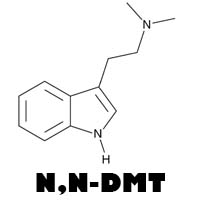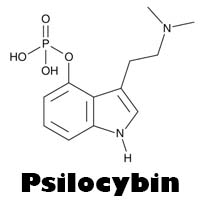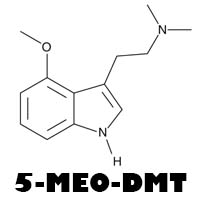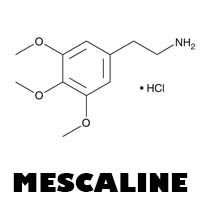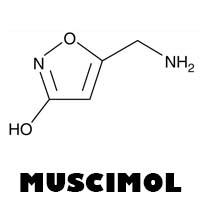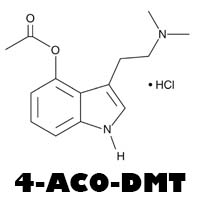Understanding Different Types of Psychedelics
Psychedelics are a diverse group of substances known for their ability to induce altered states of consciousness, often resulting in profound perceptual changes, emotional experiences, and shifts in thought processes. In this blog post, we'll delve into the different types of psychedelics, exploring their unique characteristics and effects.
Classic Psychedelics
Classic psychedelics primarily include substances like LSD, psilocybin, and DMT. These compounds are known for their strong hallucinogenic effects and their ability to significantly alter perception and consciousness.
1. LSD (Lysergic Acid Diethylamide)
LSD is one of the most potent psychedelics, known for its ability to cause visual and auditory hallucinations, changes in sense of time, and profound spiritual experiences. It is often used in microdosing for cognitive enhancement and mood improvement.
2. Psilocybin Mushrooms
Psilocybin is the active compound found in magic mushrooms. It induces a range of effects from mild euphoria to intense spiritual and mystical experiences. Psilocybin is being researched for its potential in treating depression and anxiety.
3. DMT (Dimethyltryptamine)
DMT is a powerful psychedelic that produces intense and short-lasting effects. Often referred to as the "spirit molecule," DMT is known for causing vivid visual hallucinations and deep psychological insights.
Empathogens
Empathogens, also known as entactogens, are substances that promote feelings of emotional closeness, empathy, and interpersonal connection.
4. MDMA (3,4-Methylenedioxymethamphetamine)
MDMA, commonly known as Ecstasy or Molly, is known for its ability to enhance mood, increase sociability, and produce feelings of emotional warmth. It is being studied for its therapeutic potential in treating PTSD.
Dissociative Psychedelics
Dissociatives are a class of psychedelics that produce feelings of detachment from reality and the self, often leading to out-of-body experiences.
5. Ketamine
Ketamine is a dissociative anesthetic that, at lower doses, produces psychedelic effects. It is gaining attention for its rapid-acting antidepressant properties, particularly in treatment-resistant depression.
6. PCP (Phencyclidine)
PCP, also known as Angel Dust, is a dissociative drug that can cause hallucinations, distorted perceptions of sounds, and violent behavior. Its use has declined due to its severe side effects and potential for addiction.
Plant-Based Psychedelics
Many psychedelics are derived from plants and have been used for centuries in traditional healing and spiritual practices.
7. Ayahuasca
Ayahuasca is a brew made from the Banisteriopsis caapi vine and other plants. Used traditionally in South American shamanic practices, Ayahuasca induces powerful visions and is often used for healing and spiritual exploration.
8. Mescaline
Mescaline is the active ingredient in peyote and San Pedro cacti. It produces colorful visual hallucinations and altered states of consciousness, often described as highly introspective and spiritual.
Conclusion
Understanding the different types of psychedelics and their effects can help demystify these substances and highlight their potential benefits and risks. As research continues, psychedelics may offer new ways to explore the mind and treat various mental health conditions.
Suggested Images for the Blog Post
- LSD: Chemical structure of LSD and a historical photo of Albert Hofmann.
- Psilocybin Mushrooms: Images of various psilocybin mushroom species.
- DMT: Illustrations of DMT molecules and traditional Ayahuasca ceremonies.
- MDMA: Photos of MDMA crystals or pills and therapy sessions involving MDMA.
- Ketamine: Clinical settings where ketamine is administered for depression.
- PCP: Historical context images and illustrations of its effects.
- Ayahuasca: Photos of Ayahuasca brews and Amazonian shamans.
- Mescaline: Images of peyote and San Pedro cacti.
